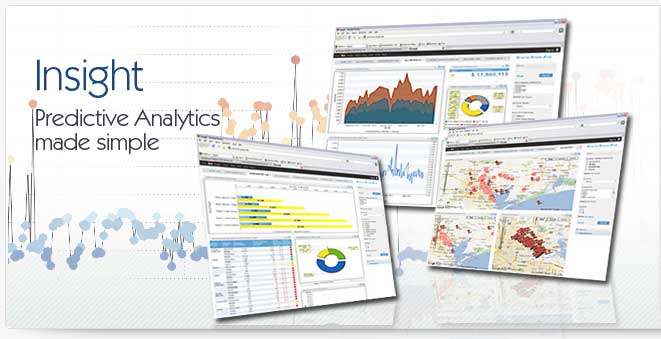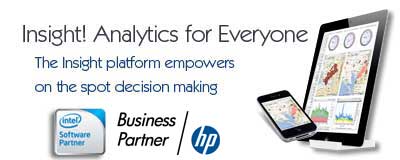Data Integration
Data integration is simply the process of creating some form of link between two or more systems (a map) for the purpose of exchanging data between those systems. Data integration is not a new concept but it's a technique that has been gaining in use among smaller organizations due to the high degree of benefits that it can provide. While there are a number of business justifications for Data Integration, in this article we will explore four primary drivers for data integration: the exchange of data between two disparate systems; the unification of data into a single, unified view, the migration of data from a legacy system to a new one and finally the combination of data between separate systems after an acquisition or merger.
Exchanging Data between Systems
One of the most frequent uses for Data Integration is the exchange of data between desperate systems. This is the case when integrating EDI data into a company's ERP or accounting system. Because ERP systems tend to have no EDI, or at best very poor EDI modules, the need to use a third party data integration solution to tie the two systems together is very high. Using data integration in this fashion takes inbound EDI transactions (like purchase orders) and maps the data from the EDI system to the ERP system. The reverse is also done by mapping outbound transactions (like invoices) to outbound EDI transactions of the equivalent type. This form of data integration is very popular because it can save a great deal of time and money in reduced data entry along with a significant increase in throughput and a significantly lower error rate.
Unified View of Data through Data Integration
This form of data integration is very popular in larger organizations where multiple separate systems might contain 'snippets' of data. One classic example is data integration to create a single view of customers. In this example some customer data might reside in the company's ERP system while additional customer data is housed in the CRM system. In this simple example a unified customer view could be created through a data integration process that mapped CRM data to the ERP system and ERP data to the CRM system - creating a unified view of all customer data in both systems ensuring the organization has all the data relevant to each customer when making decisions.
Data Integration of Legacy Systems
This type of data integration is not done as frequently as the others, but is also very useful. In this example when a company purchases a new ERP system (for instance) the data integration process would be created to take data from the old (legacy) system to the new one. By using data integration to migrate the data from the old system accuracy of data entry is ensured and speed is maximized saving the company money and providing a very rapid return on investment.
Data Integration During a Merger
Data integration due to a merger or acquisition is also a type of data integration that, although not very frequent, can provide a significant return on investment. When two companies combine, or when one organization purchases another, data that lives in the many systems each organization has used over the years can create a logistical nightmare. Through data integration the two companies ERP systems, CRM systems and other in-house back-end systems can be consolidated and de-duplicated, ensuring that the resulting output provides a single, consolidated and consistent view of all available records
|



